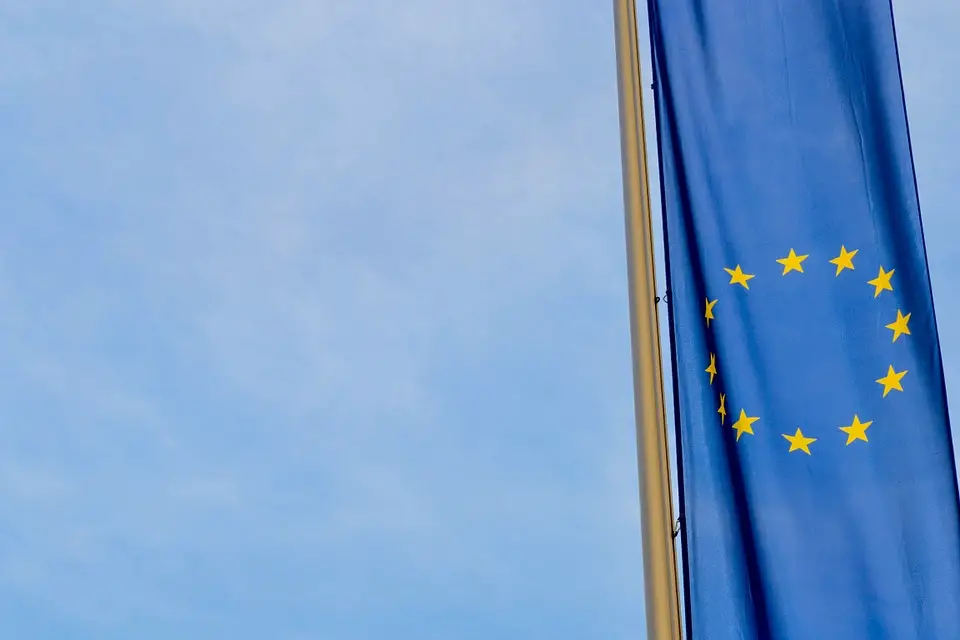As Poslovni Dnevnik/Ana Blaskovic writes, the Croatian Recovery and Resilience Plan, the key to an enormous 49 billion kuna intervention injection, has been completed and it is time to send it to Brussels, with a final agreement set to take another ten days. The more than 1,100 pages list 77 Croatian reforms and 152 investments that the Government, with the practical absence of public debate, envisioned as a springboard for recovery from the ongoing coronavirus crisis and the transformation of the domestic economy.
Finance Minister Zdravko Maric stated that the focus was on grants and that the core of the document was Croatian reforms and both public and private investments. The plan is designed for five components and one initiative – 26.2 billion of the total amount (54 percent) should be poured into the economy, 4.36 billion (10 percent) into public administration, judiciary and state property, education, science and research should get an injection of 7 .5 billion (15 percent). Then, for the labour market and social protection, another 2.09 billion (4 percent), for the healthcare system 2.56 billion (5 percent of the amount). A large amount of these funds, 5.95 million, is intended for building renovation initiatives.
GDP growth
The effect of this Croatian plan this year should be reflected in 5.2 percent of real GDP growth, which would have stopped at 4.9 percent without it. Next year, growth is expected to reach 6.6 percent instead of what would have been 5.2 percent without such a plan, in 2023 it should reach 4.1 percent instead of 2.7 percent. In 2024, Croatia’s GDP should grow by 3.4 percent instead of 2.5 percent, and in 2025 by 2.7 percent instead of 2.5. It should be noted that the predictions of the acceleration of the economic momentum are based on the (rather optimistic) assumption of a successful withdrawal of this money, although Croatia has so far withdrawn less than half of the total funds available to it.
Brussels has already warned that payments will be conditional on the fulfillment of very specific goals, if a member state fails there is a (theoretical) possibility of payment at the discretion of the EC, which, despite the offer, should not be counted on.
About two thirds of the funds will go directly to investments, and one third to desperately needed Croatian reforms. What the funds won’t and cannot be used for is “patching up any holes”, such as resolving debts in the healthcare sector. The government has begun work on a rebalance in that regard which is planned for early June.
“The purpose of implementing Croatian reforms is to influence the better use of factors of production, those that create added value,” Maric added. In particular, education reform would improve the quality of human capital by including children in occupations where there are needs in the labour market. In the judiciary system, reforms will be aimed at greater efficiency and the faster resolution of cases in order to improve the business climate. Referring to the segment of state property, Maric pointed out that many companies are owned by the state. From his words, one can read the good news for the stock market is because “activation can directly contribute to the revival of the capital market”.
Looking ahead…
After the European Commission gives its consent over the next two months, the draft plan will be sent to the European Council, and by the autumn, Croatia could receive a six billion kuna advance (13 percent). Implementation begins at the end of the year.
Commenting on the criticism that insufficient funds are directed to the private sector, which should be the engine of recovery and job creation, Maric reiterated: ”There’s no need to divide investments into the public and private sectors because public investments also mean the participation of the private sector. The greatest value of the document is looking ahead, as resilience in the long run means implementing 77 Croatian reforms.”
For more, follow our politics section.








